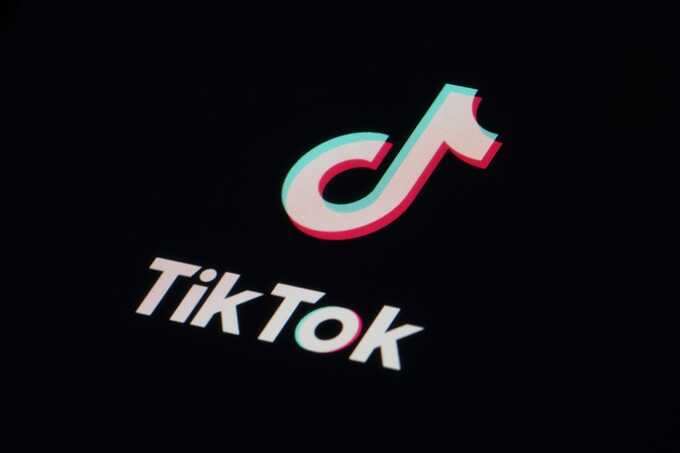However, in the age of social media, the far-right has found a new strategy to capture the hearts and minds of young people: TikTok. A joint investigation by ten independent media outlets has unveiled the extent to which far-right groups are exploiting the platform to disseminate conspiracy theories and misinformation, swaying young voters.
From Estonia, over Germany to Romania, TikTok feeds are inundated with fear-inducing content reminiscent of Russian disinformation tactics, attracting sometimes hundreds of thousands of followers and providing a boost to extremist political factions, the investigation found.
But the number of followers is often as fake as the news in the feed.
The Alternative for Germany (AfD) party has particularly benefited from TikTok’s reach. Investigations revealed that fake followers can be bought to enhance user engagement, making right-wing content appear more popular and influential. This manipulation has significantly impacted young voters, with pro-Russian narratives gaining traction and potentially influencing the recent European elections.
Romania’s far-right Alliance for the Union of Romanians (AUR) has also leveraged TikTok effectively. New Members of the European Parliament (MEPs) from that party have used the platform to spread disinformation and incite hatred. Advanced software analyses showed that a large portion of their TikTok content contained toxic messages.
In Poland, the far-right party Konfederacja utilized TikTok to secure six seats in the European Parliament, demonstrating substantial success among young voters. eir leader, Sławomir Mentzen, has amassed over 850,000 followers, underscoring the party’s adept social media strategy.
Slovakia’s TikTok scene was rife with conspiracies following an attempted assassination of Prime Minister Robert Fico. Unverified theories spread widely, garnering hundreds of thousands of views.
Meanwhile, in the Czech Republic, influencers like Olga have promoted pro-Russian narratives, subtly downplaying the impact of international sanctions on Russia. Her account, "Z Ruska s láskou" (From Russia with Love), has a significant following that intersects with far-right and extremist content.
Hungary’s TikTok mirrors the pro-Russian bias of its mainstream media, with state news clips promoting Kremlin narratives. Unlike traditional far-right figures, mainstream media personalities have a broader reach on the platform.
In Estonia, misinformation related to the war in Ukraine has proliferated on TikTok. Much of the war-related content has been deemed false, aligning with Russia’s strategy to spread fear and uncertainty, using TikTok’s algorithm to amplify anxiety.
TikTok, owned by Chinese tech giant ByteDance, responded to these findings by asserting that misinformation is rare on their platform and that they have robust policies to combat harmful content. "These uphold our commitment to free expression while preventing misuse and preserving TikTok as a joyful platform that unites people, rather than dividing," the company stated. They also noted that toxic content is removed entirely or moderated and denied that the platform has become a haven for disinformation, claiming they have strict policies for accounts belonging to politicians.
Despite these assurances, the investigation underscores the complexities of monitoring TikTok. Researchers had to rely on a combination of API data, web scraping, and manual processing due to limitations in data access, highlighting the ongoing challenge of combating disinformation on social media platforms.
